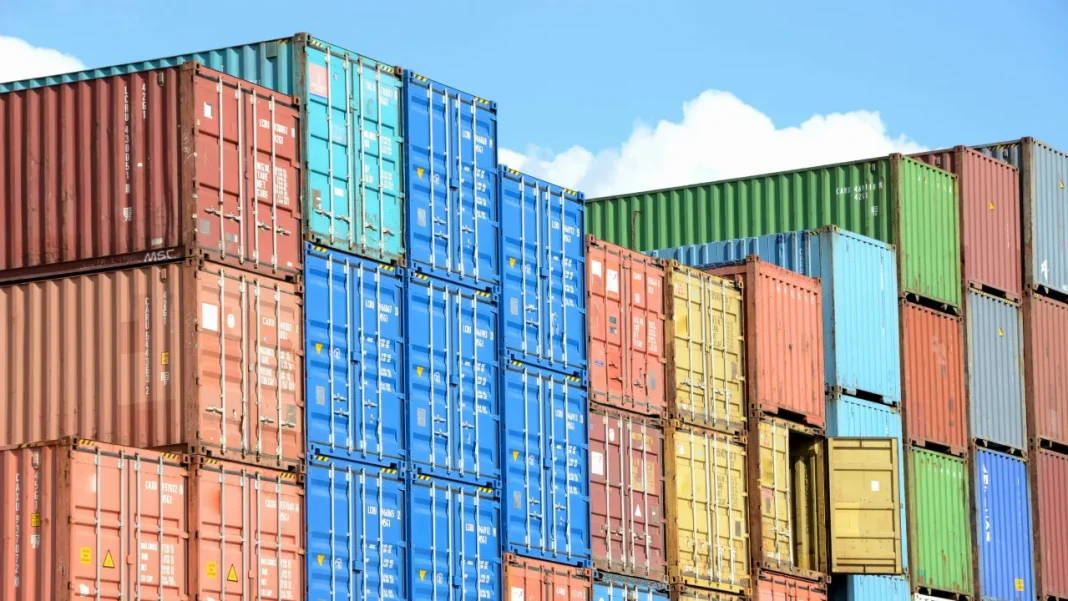Amid rising food prices, former U.S. President Donald Trump announced the removal of tariffs on certain food items. This move is expected to alleviate some economic pressures faced by American consumers.
Impact on U.S. Consumers

The decision to lift tariffs comes at a critical time as inflation continues to affect household budgets across the United States. By eliminating these additional costs on imported food items, it is anticipated that grocery prices could stabilize or even decline, providing much-needed relief to families. The potential reduction in food prices might also ease the financial burden for lower-income households who have been disproportionately affected by rising costs.
Experts suggest that the immediate impact could be modest, but over time it may contribute to a more competitive market environment. By removing barriers to imported goods, domestic producers may also be compelled to adjust pricing strategies, further benefitting consumers.
Political and Economic Repercussions

The move has sparked discussions among political and economic circles regarding the balance between protecting domestic industries and ensuring affordable consumer prices. Critics of tariff policies argue that while they are designed to protect local producers, the costs are often passed down to the consumers. The recent decision underscores the complexity of trade policies and their direct effect on everyday life.
Proponents of the measure highlight the potential for improved international trade relations. By lifting some tariffs, the U.S. could see an increase in imports from countries that were previously burdened by these tariffs, potentially fostering stronger diplomatic and economic partnerships.
Response from Agricultural and Trade Sectors

The agricultural sector has shown mixed reactions. While some farmers express concern that lowering tariffs might increase competition from foreign producers, others see it as an opportunity to access cheaper inputs needed for production. The trade sector, on the other hand, largely welcomes the move, expecting it to simplify supply chains and reduce operational costs significantly.
Trade organizations suggest that the removal of tariffs could revitalize certain sectors of the economy. By easing the movement of goods across borders, businesses can operate more efficiently, potentially passing savings onto consumers.
Future Outlook and Implications

Analysts are closely watching the outcomes of this policy change to gauge its long-term implications. If successful, it could prompt further reassessments of trade policies, both in the U.S. and globally. The potential for setting new precedents in international trade exists, particularly as other nations might consider similar strategies to combat inflationary pressures.
As the situation progresses, stakeholders from various sectors will likely continue to provide feedback and suggestions, shaping the broader discourse on trade and economic policy.
This adjustment in tariff policy represents a significant shift in the trade strategy of the United States, aiming to balance domestic needs with international economic realities.





